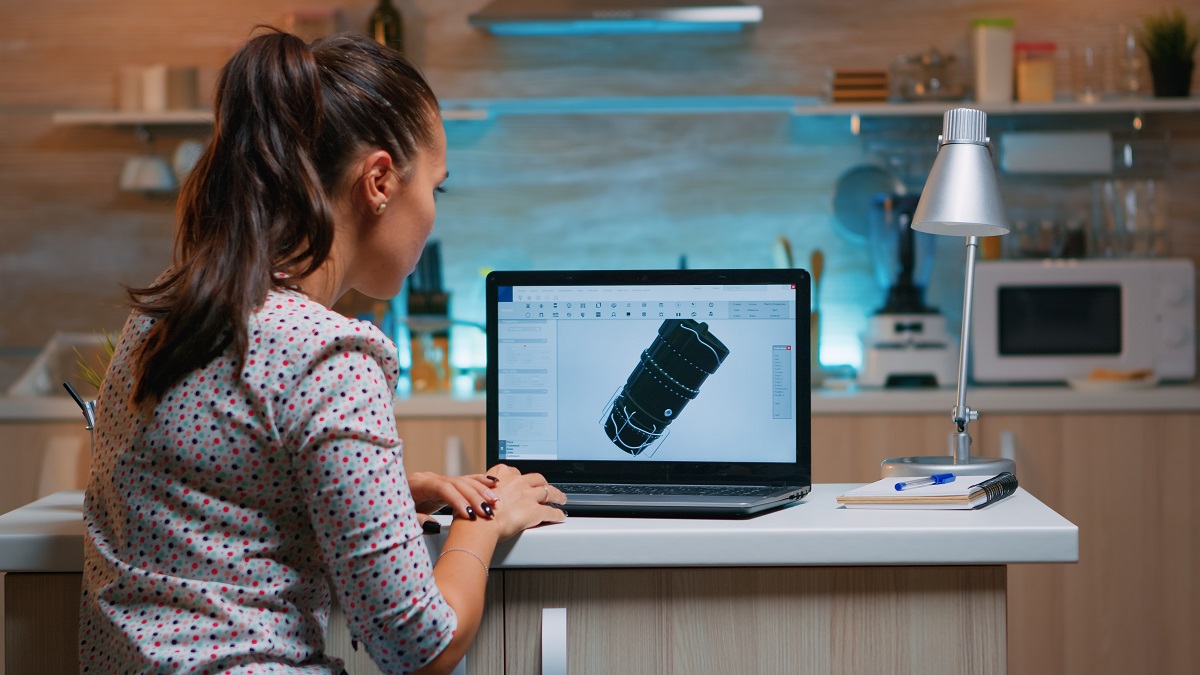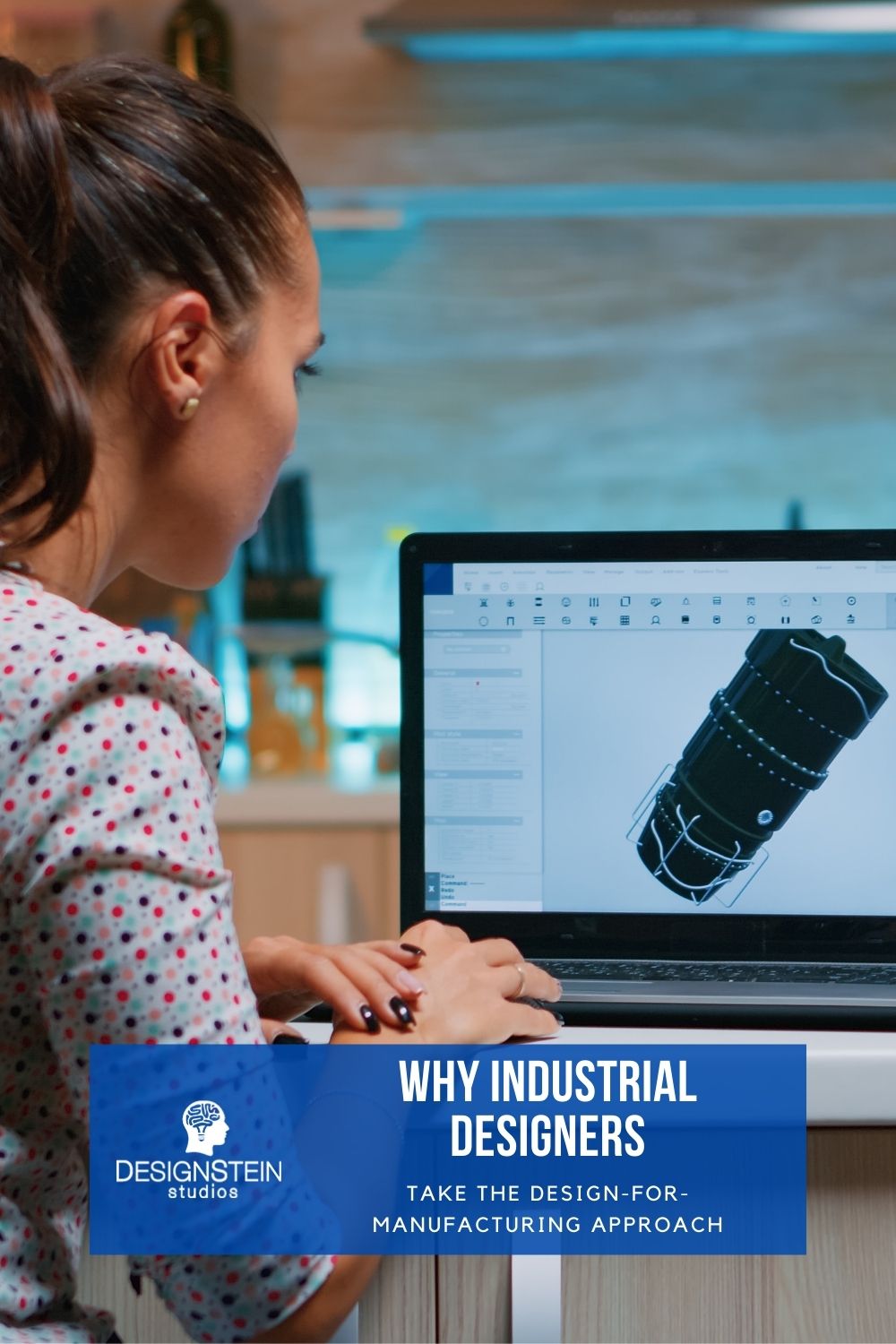Design for Manufacturing, otherwise known as DFM, is a well-known engineering philosophy that is linked to successful product development. By designing a product with the manufacturing process in mind, an industrial design company like Designstein Studios has a better chance of lowering production costs while consistently creating a quality finished product.
Essentially, the design-for-manufacturing approach seeks to streamline the product development process by considering design elements alongside realistic production goals. Industrial design companies in California can avoid the pitfalls of faulty design by considering more than just the aesthetics of a design at the beginning of a development cycle. The question of manufacturability is the key to creating innovative AND practical products for the right market.
When targeting a specific consumer base, it is important to focus on the look, feel, and functionality of a product. However, it is equally important to notice how these features can be achieved without compromising the quality or efficiency of construction. A product may be deemed successful in theory after creating a well-formed blueprint and prototype. However, the failure to plan for the stages of manufacturing and distribution can jeopardize one or more parts of the actual product launch.
In order to uncover any developmental challenges along the way, designers must ask the right questions. What is the primary function of the product? What are the constraints or requirements? What does the target consumer expect from this product? Creative solutions can only be applied to a product that is evaluated from all different angles. Designers who do not consider the manufacturing perspective can create a severe gap of knowledge in their conceptual stage.
In order to proceed with confidence through the product development process, industrial design services consider everything from sourcing materials to finding manufacturing partners to optimizing the construction process. By planning for all of these elements of production, an industrial design company can positively affect manufacturing outcomes. Here are some of the critical components to design for manufacturing:
- Minimizing Parts – The fewer parts you need for a product, the lower your production costs will be. The simplicity of the design also means that the risk of manufacturing error is significantly lowered.
- Streamlining Processes – If there are too many players involved in manufacturing, there is more room for miscommunication and faulty production. Simplifying operations, along with blueprints, is essential.
- Standardizing Materials and Parts – In order to encourage efficient production, many designers rely on standardized materials and parts. This means choosing more readily available resources to create your product.
- Interlocking Parts – Design for manufacturing is all in the details. How can you leverage the design of your parts to clip or interlock? This will save on material costs and assembly steps.
- Planning for Modular Assemblies – Balancing quality assurance and efficiency is the key to good production. Modular assemblies can accommodate the adjustment needs of more complex designs without sacrificing the rhythm of production.
Having a good idea is the starting point for a good product. However, there is so much more to do before you launch an item that is equally functional, beautiful, and successful in the market. Industrial designers can help you get your development cycle on track, so you can focus more on your business.


